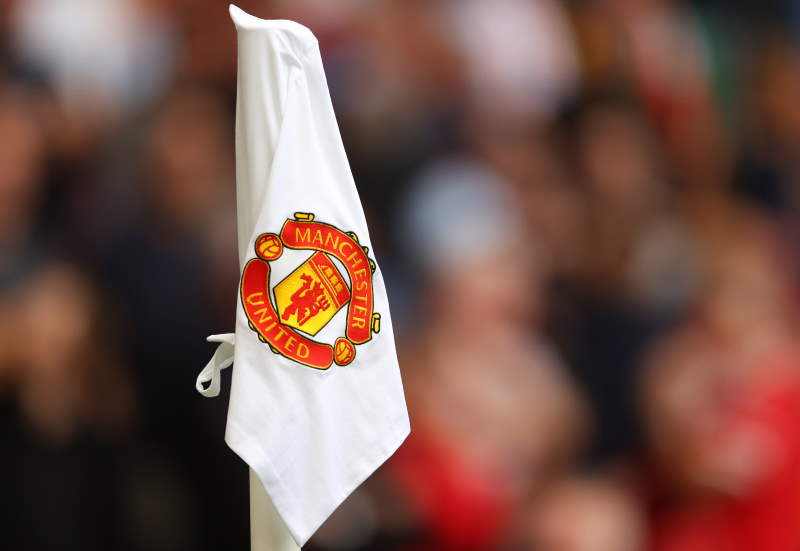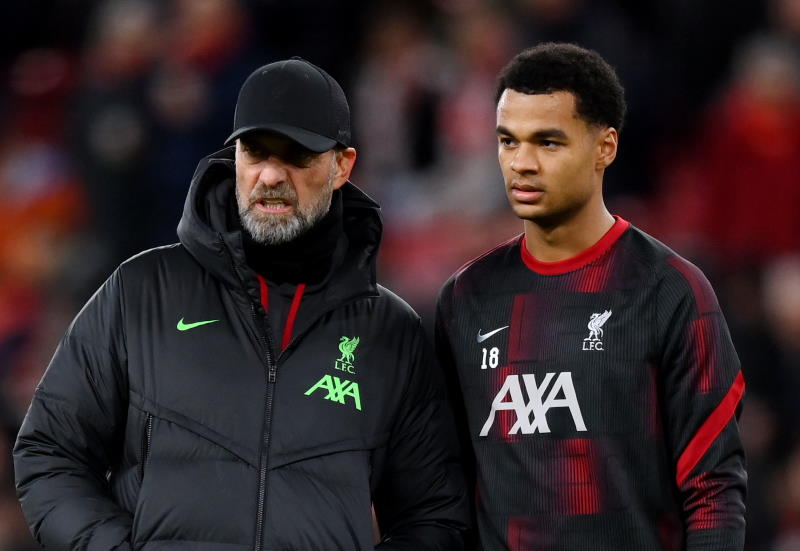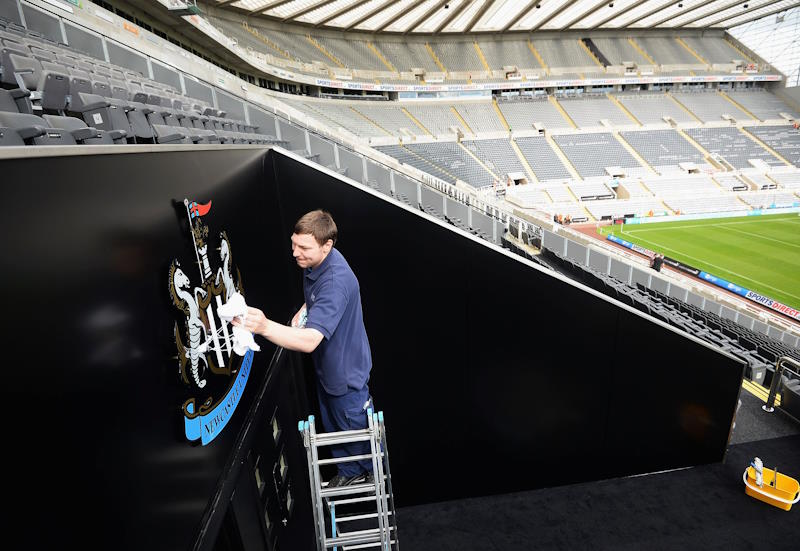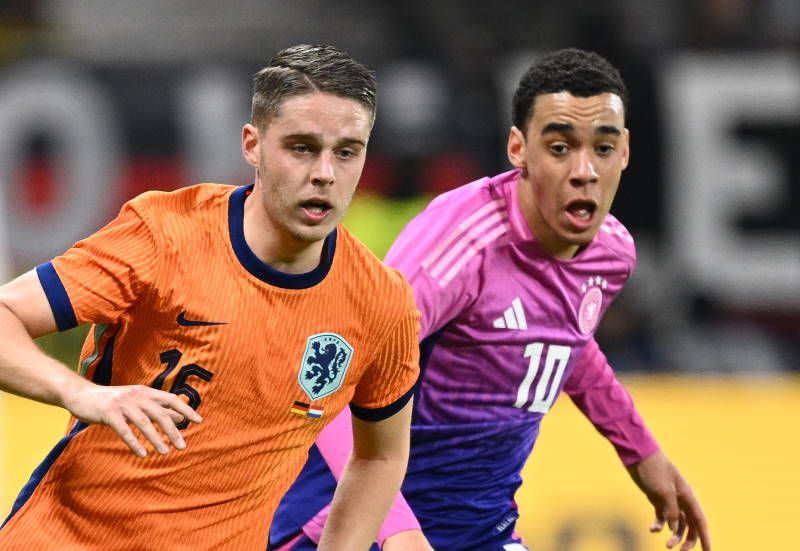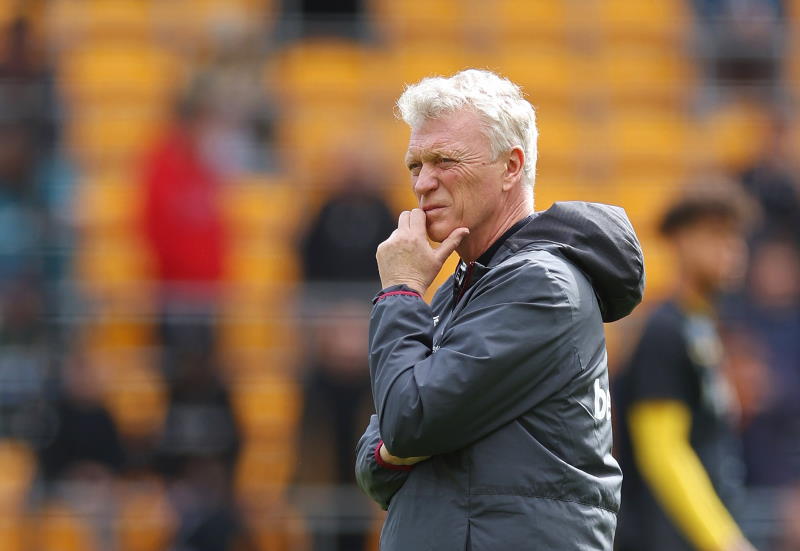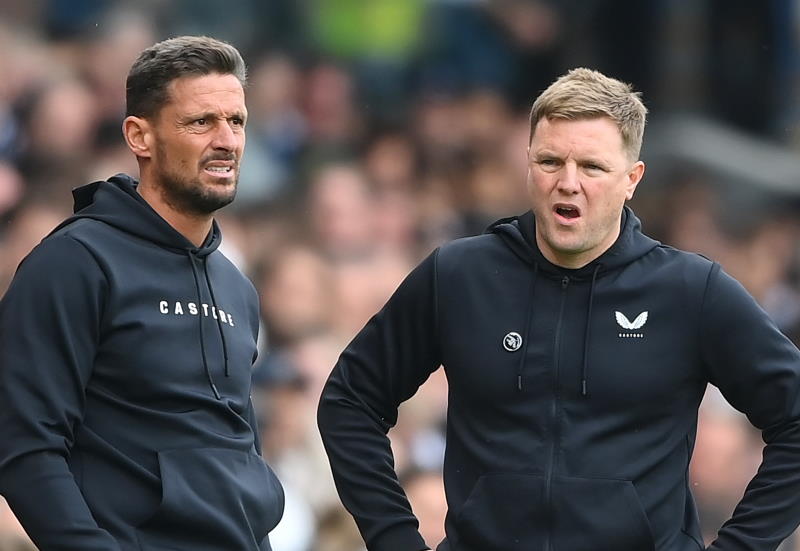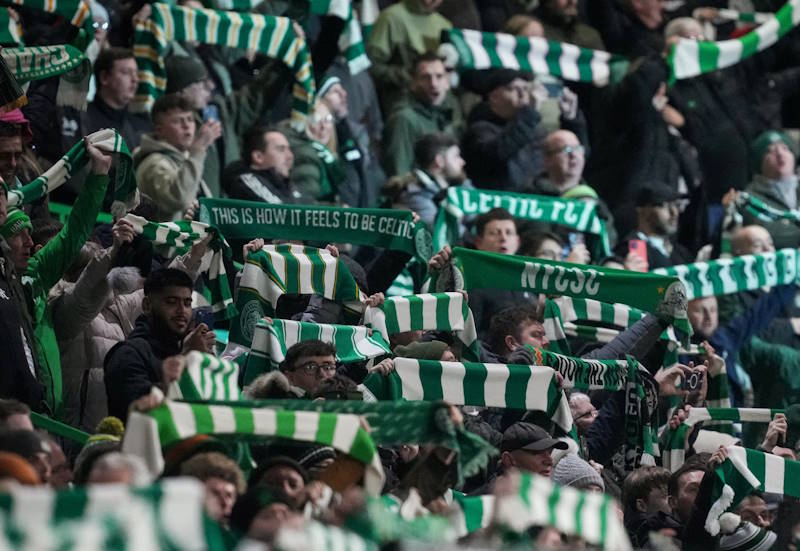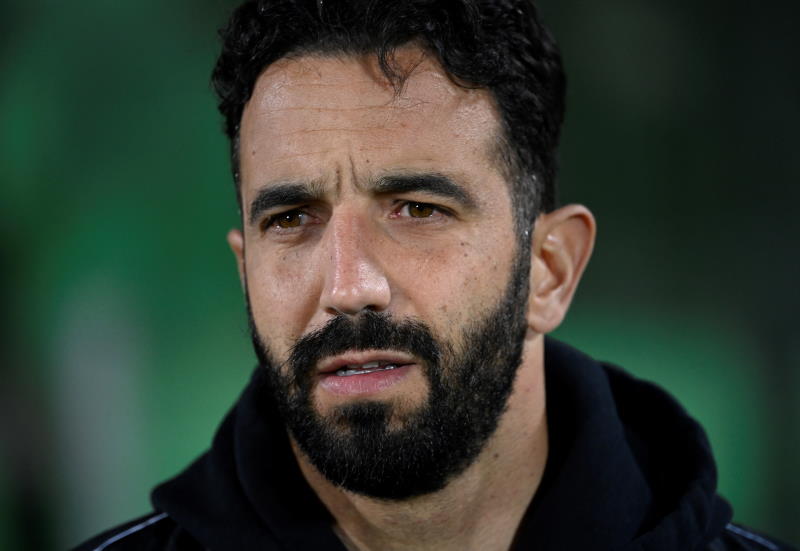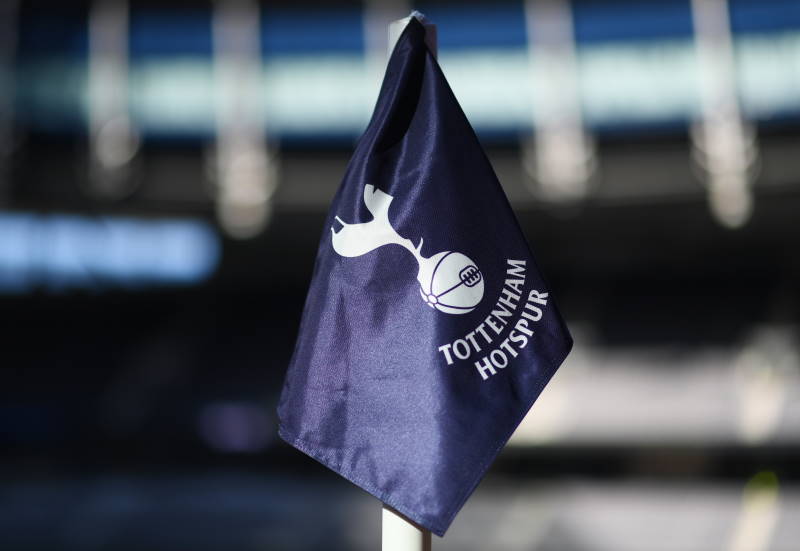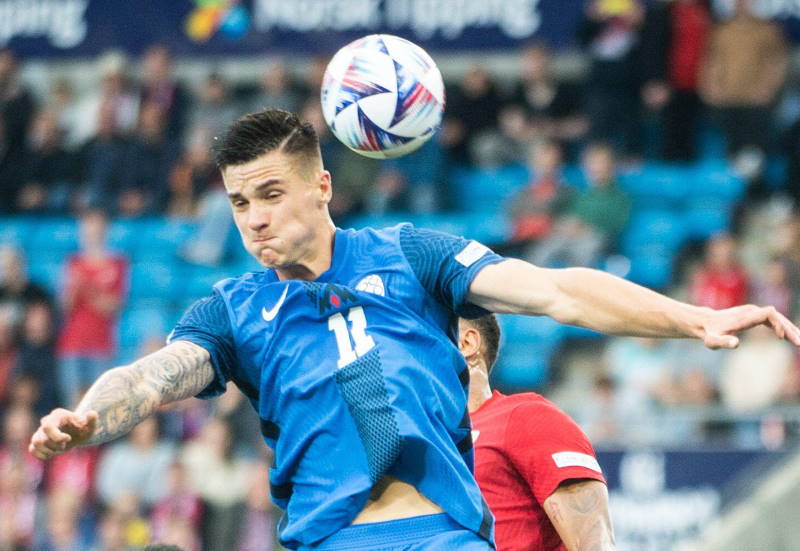
Summer in Brazil: Girls in their bikinis, barbecues, beaches, sunny weather and high temperatures. It all points to a perfect time lazing around with friends and relaxing. But, perhaps what it doesn’t point to is 90 exhaustive minutes running after a ball in the 4pm sun.
Now that the State Championships have begun in Brazil, domestic giants often face sides so small that they don’t have enough money to pay what is a hefty electricity bill, so some matches must be held during the day. This in turn leads to the absurd situation of some games kicking off at 10am. In many cities, such as Porto Alegre and Rio de Janeiro, the heat is simply unbearable and doctors have advised that fatalities cannot be ruled out. Players though, are accustomed to discomfort, and even if they feel sick are likely to continue and this can cause major problems.
In an interview with Brazilian paper Lance!, the Sao Paulo Futebol Clube physio Turibio Leite said that "dehydration, the increase of body temperature and the [associated] sodium loss can lead to fainting, loss of consciousness and threaten [a player’s] health." The doctor concluded by stating that playing in such extreme conditions "is something inhuman."
There are cases to point at of players, and even commentators, feeling very unwell during matches held at the beginning of this new Brazilian season. On 7th February, in a game in the Minas Gerais State Championship, America defensive midfielder Moises felt sick due to the 40°C temperature and 11am start. He soon needed the assistance of pitch-side doctors and was substituted. Just a few days before, during the same week, a former player and current commentator felt ill and fainted just seconds before the match he was due to commentate on started. The tie, which was in Porto Alegre, started at 5pm and the temperature was 37°C.
In response to these incidents the Brazilian authorities are now taking steps. In Rio Grande do Sul, the Labor Justice – after an action moved by the Athletes Union – banned matches between the hours of 10am and 6pm. This in turn led the local football federation to suspend all state second division games because of a lack of artificial lighting. The situation at present is that the referee must use a thermometer, and if the temperature at 6pm is 35°C or higher the game will be called off. Should a club disobey this order then a fine of $80,000 per match and $2,700 per player will be issued. However, some compromise has been reached in as much as for one weekend the measure was cancelled if the scheduled games – due to take place at 4pm – were played at lower than 35°C.
In the state of Rio de Janeiro similar measures were taken, with the local federation changing the start time of the semi-final meeting between Vasco da Gama and Fluminense from 5pm to 6:30pm. As in Rio Grande do Sul, the Athletes Union were heavily involved in the measure, moving an action to alter kick-off times. In Rio de Janeiro state matches are now out of bounds between 10am and 5pm. The Athletes Union considers this a victory as they seek to protect the players’ health.
The issues of heat and general players’ health have also resurfaced the debate over games played at high altitude. While this topic has been and gone in the past it remains a source of constant debate. Cities such as Potosi (altitude 4,090m), La Paz (3,660m), Cuzco (3,400m) and Quito (2,800m) are constantly in danger of losing the right to host internationals and continental club competitions. In 2007, Flamengo faced Bolivian side Real Potosi at an altitude of 3,967m, and the Brazilians soon needed oxygen. The Rio giants went on to produce a dossier showing the effects of playing in such conditions and gained support from other domestic clubs who pressed the CBF (Brazilian FA) and consequently FIFA to make a decision. Later that year FIFA authorised international games in places where the altitude is higher than 2,500m if the away side had one week to prepare. If the altitude was higher than 3,000m then the adaptation period would have to be two weeks. Surely reasonable measures.
No sooner was the ban in place however, than a number of rival South American countries began to complain. Following pressure from CONMEBOL (the continent’s governing body), FIFA relented, although initially argued they could not change the rules of competitions which had already started. In a political move, the AFA (Argentinian FA) president and FIFA vice-president Julio Grondona voiced their support for cities like La Paz and even Diego Maradona travelled to the Bolivian capital to play football with the country’s president Evo Morales to demonstrate Bolivia’s case. During qualifying for the 2010 World Cup, Argentina lost two matches at high altitude, ironically including one in Bolivia, losing to the hosts 6-1. Maradona was harshly criticised and derided by the Brazilian press after the loss in light of his previous actions.
Many members of the governing body’s medical committee still wish to ban matches at high altitude and at a conference held last October, a committee member, Doctor Michel D Hooghe stated that FIFA have taken more of a political decision than a sporting one. With pressure from FA presidents around the world this is perhaps not surprising. But according to FIFA president Sepp Blatter, studies are being conducted on the effects of playing at high altitude, in extreme temperatures and in areas with high levels of pollution.
FIFA members must surely address these issues and decide quickly before a tragedy befalls the game and they are accused of negligence by players or even domestic governing bodies. But surely too, there are bigger issues concerning this decision. Football should be a democratic game and FIFA must decide if the players’ health is more important than the principle of universality. On both sides there will be winners and losers.
Related Articles:
- – Economic Crisis Changes Brazilian Game
- – The Serbian Who Shone in Brazil: Dejan Petkovic
- – Ronaldo Leading Old Guard Seleção Charge

